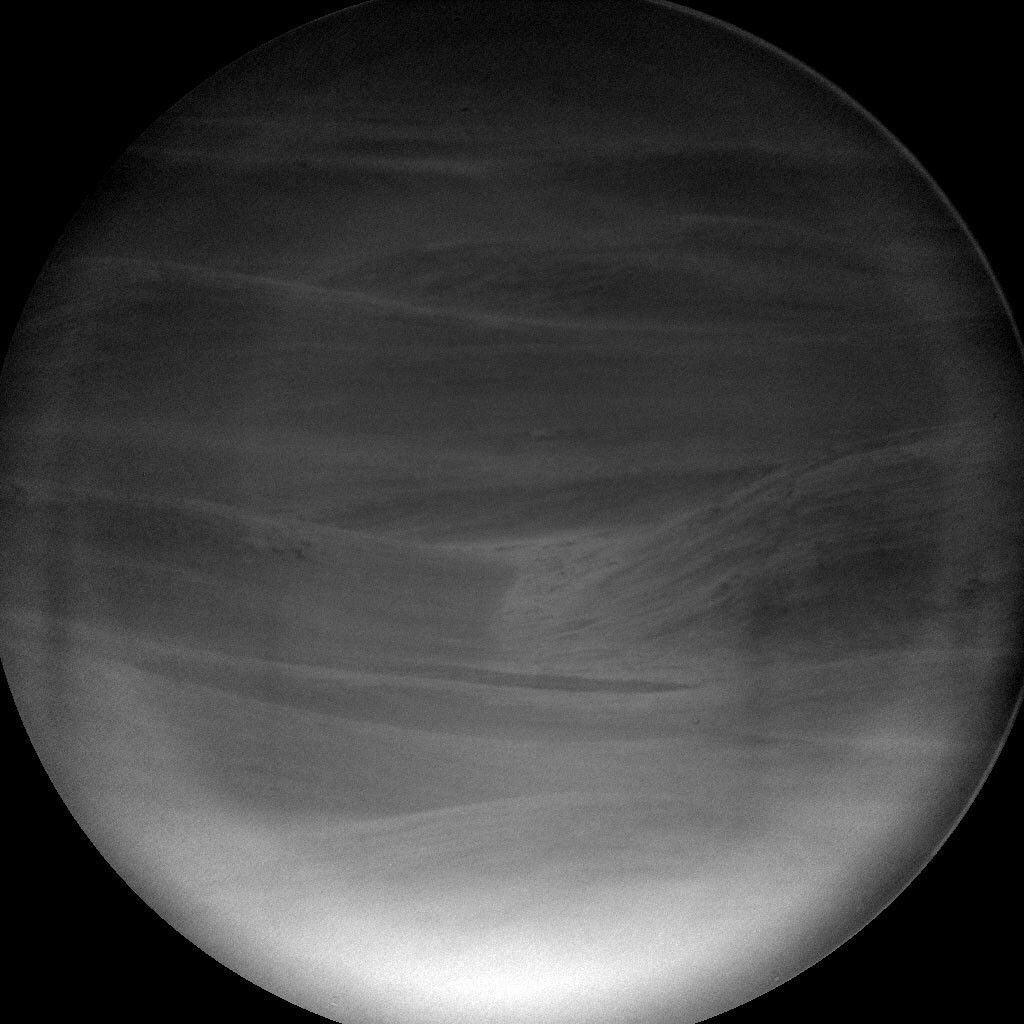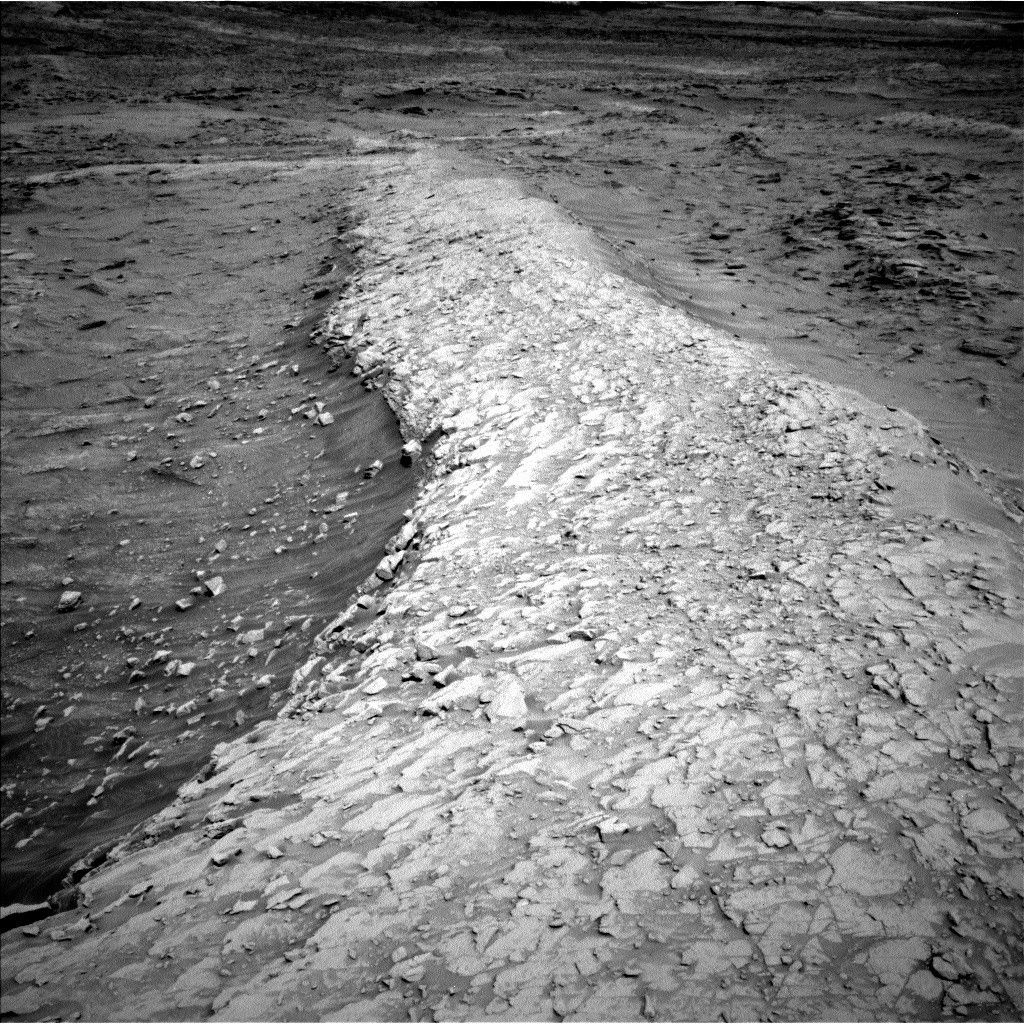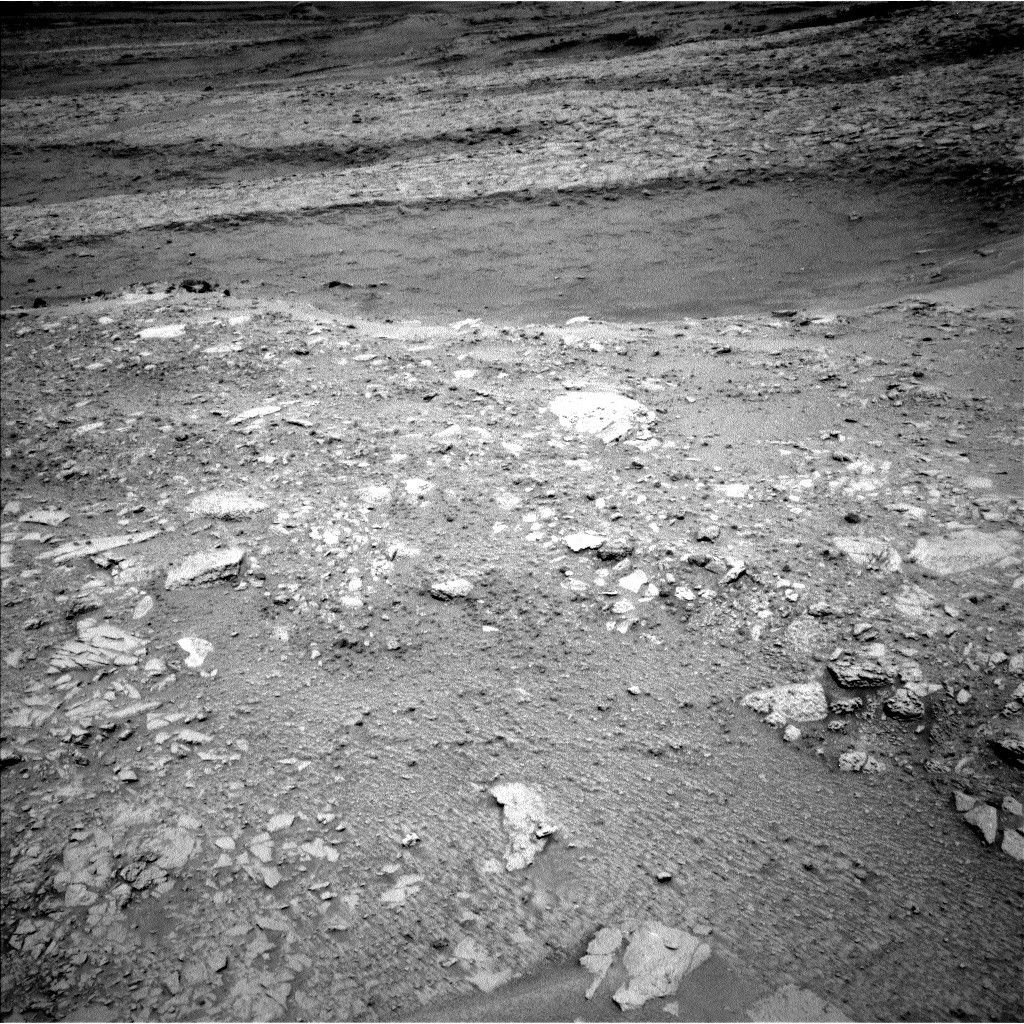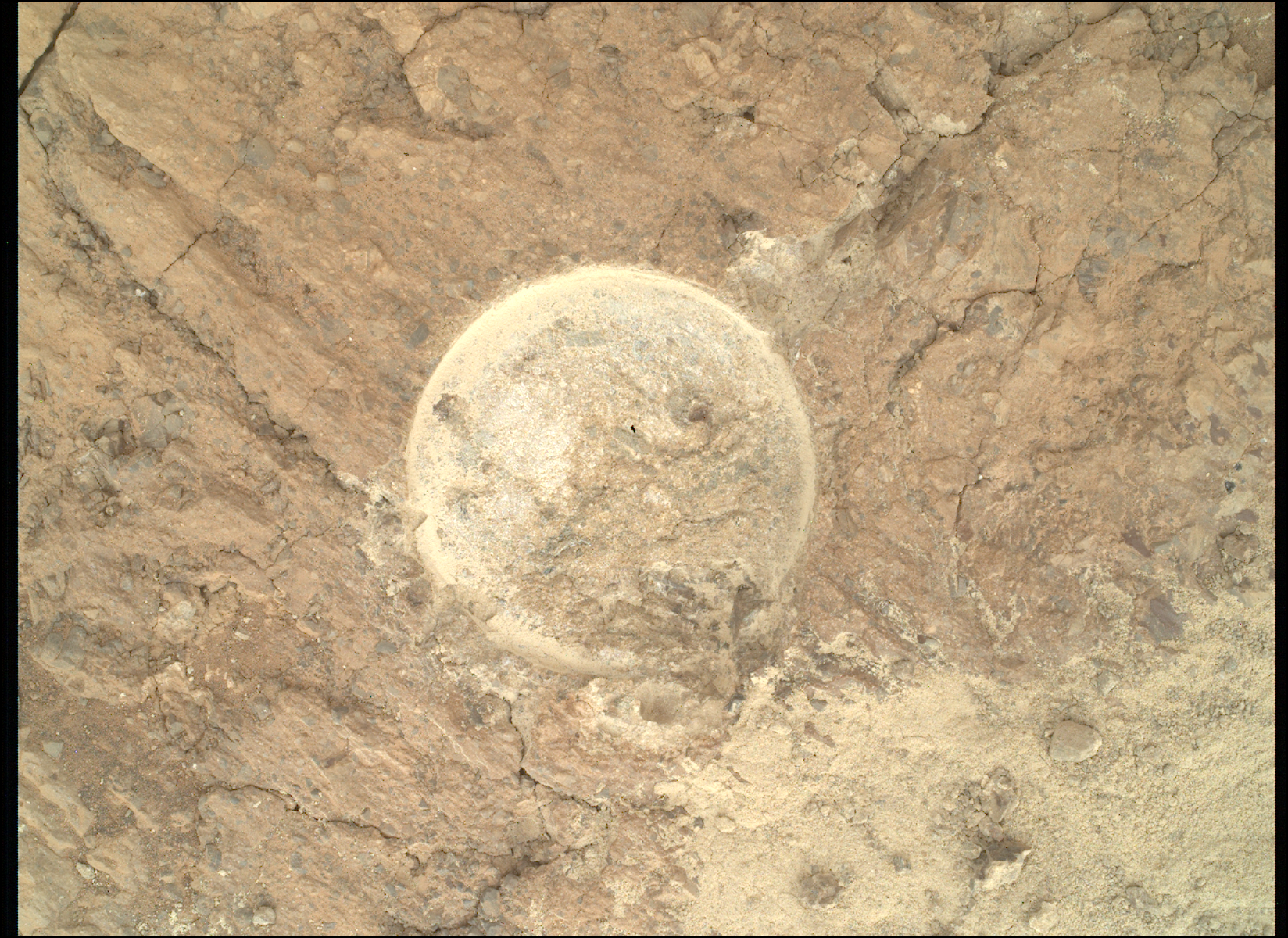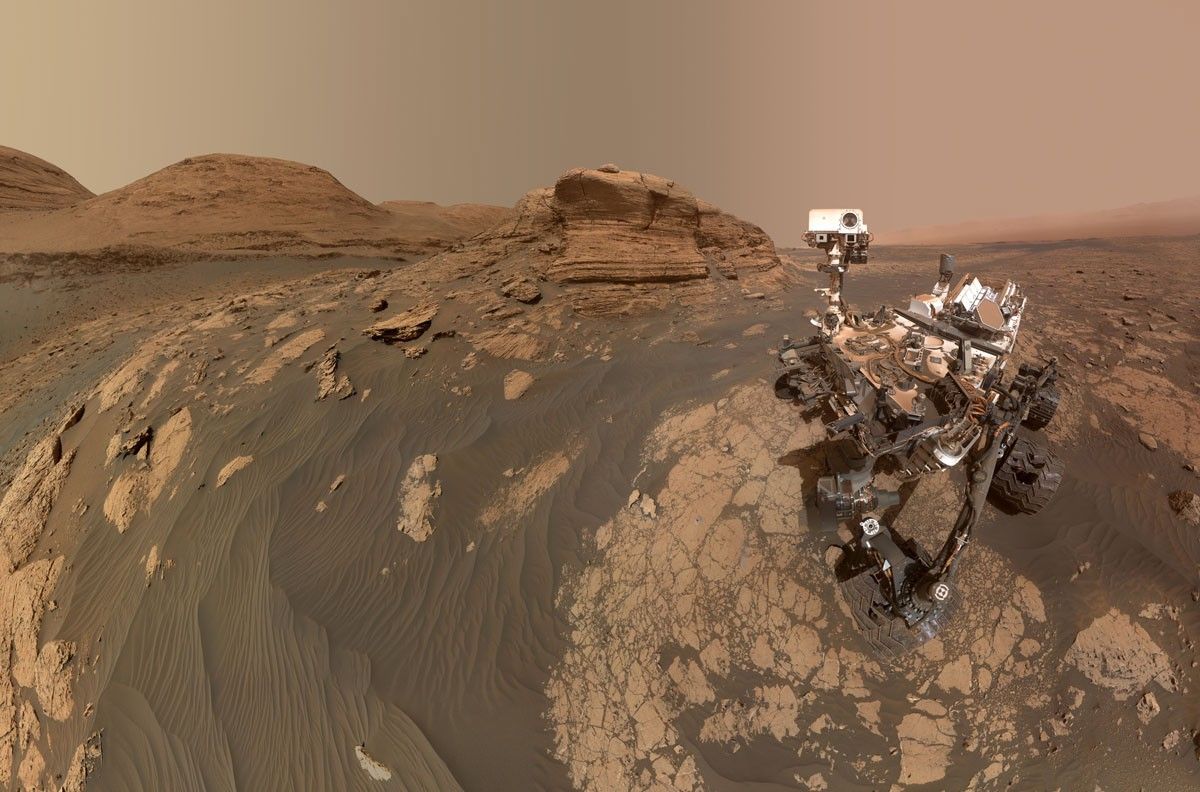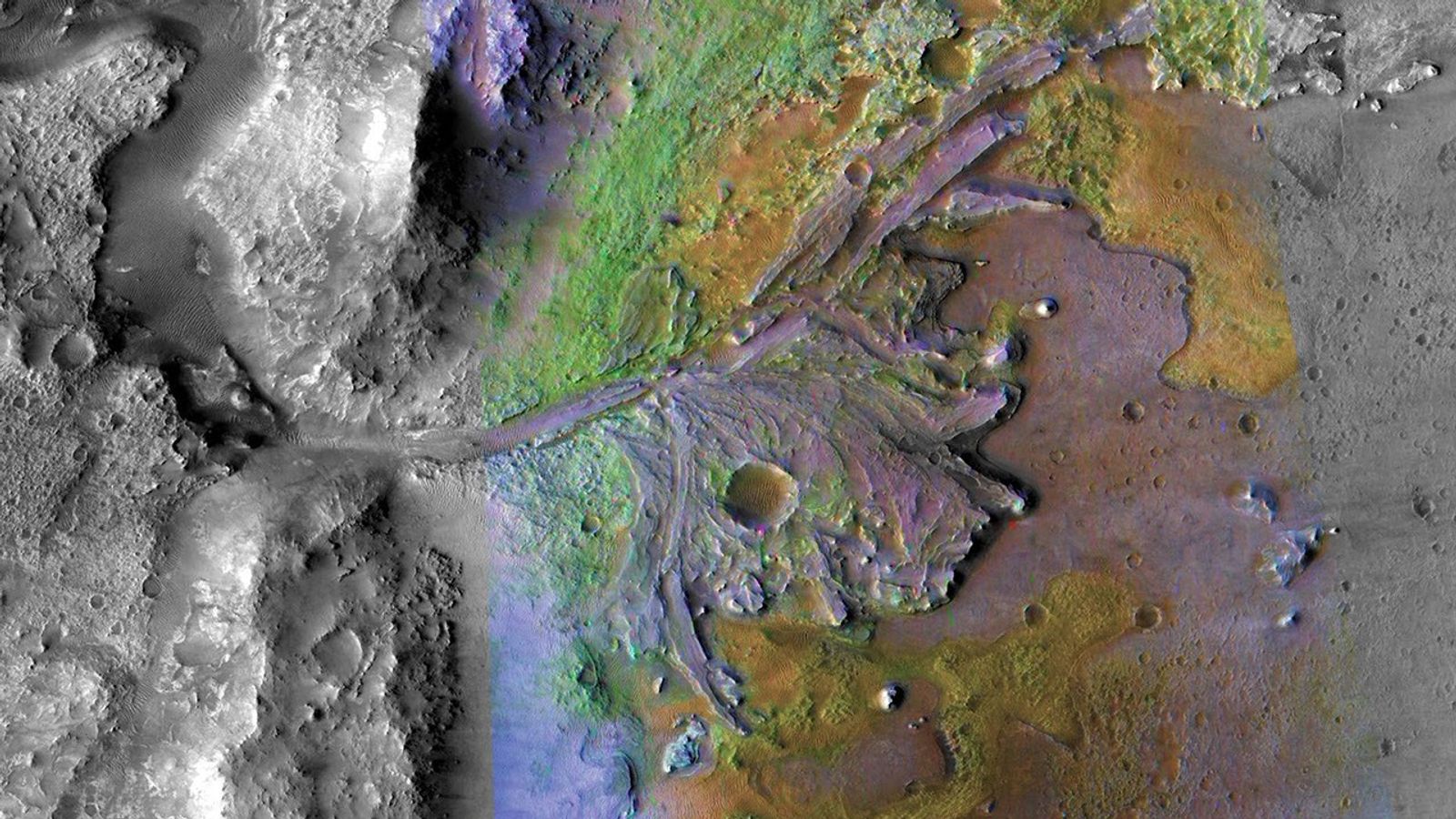Earth planning date: Friday, May 19, 2023
Today was what we call a "late slide" planning day, meaning that we started 90 minutes later than usual – 9:30 AM at JPL, or 12:30 PM for me here in Toronto. This change was necessitated by the fact that the data we needed to go ahead with planning wasn't scheduled to be downlinked from Mars to Earth until just after 9 AM PDT, well after our usual 8 AM PDT start time.
The biggest question coming into today's plan was whether or not the SAM team wanted to go ahead with their Gas Chromatography Mass Spectrometry (GCMS) experiment on the Ubajara sample after getting the results from the Evolved Gas Analysis (EGA) performed in Wednesday's plan. After taking a look at the EGA data between Wednesday and today, SAM decided not to proceed with GCMS. SAM activities consume a significant amount of the rover's battery charge, so removing GCMS from today's plan meant that we got some extra time to do other science. It also means that we will be wrapping up our time here at Ubajara just a little earlier than scheduled, so this weekend will be one of our last opportunities to take a look at this location before continuing to drive uphill.
On the first sol, we begin by extending our Mastcam mosaic of this location to document as much of the area as we can while we're still here, before turning Mastcam to look up Gediz Vallis in the direction that we will eventually be driving. ChemCam will then zap the target "Jutica" with LIBS, taking before and after images with its RMI camera. Post-LIBS, Jutica will be imaged by Mastcam. ChemCam RMI will also take a mosaic of "Peace Vallis," an old river valley that deposited material on the crater floor near our 2012 landing site. Once that is wrapped up, we will dump the Ubajara sample now that it is no longer needed by SAM. Finally, MAHLI and APXS will take a look at the Ubajara drill hole tailings.
The second sol's science begins with a number of Navcam environmental science activities, including a Line-of-Sight observation of the rim of Gale Crater to measure the amount of dust in the atmosphere, a Navcam cloud movie, and a survey for dust devils around the rover. LIBS and RMI will then turn their attention to Ilha Grande, which we have targeted with a number of instruments during our stay here at Ubajara. Mastcam will also image the drill boresight and bit assembly to assess their condition following the Ubajara drill campaign. APXS will conduct an overnight observation to characterize seasonal changes in the amount of argon in the Martian atmosphere.
The final sol is dedicated to a number of ChemCam activities, starting with another LIBS/RMI observation, this time of "Walterlandia." We then spend some time taking passive spectra of the sky to examine atmospheric aerosol properties as well as atmospheric abundances of oxygen and water vapor to complement the APXS overnight observations.
This plan wraps up with our usual weekend suite of early-morning atmospheric monitoring activities from the ENV team. This includes two Navcam movies to look for clouds above Gale and a Navcam 360 survey to characterize the microphysical properties of those clouds. We will also be measuring the amount of dust in the atmosphere above and within Gale with Mastcam and Navcam observations of the crater rim and the Sun. As always, REMS and RAD will spend this plan monitoring the weather and the radiation environment.
Written by Conor Hayes, Planetary Scientist at York University



























